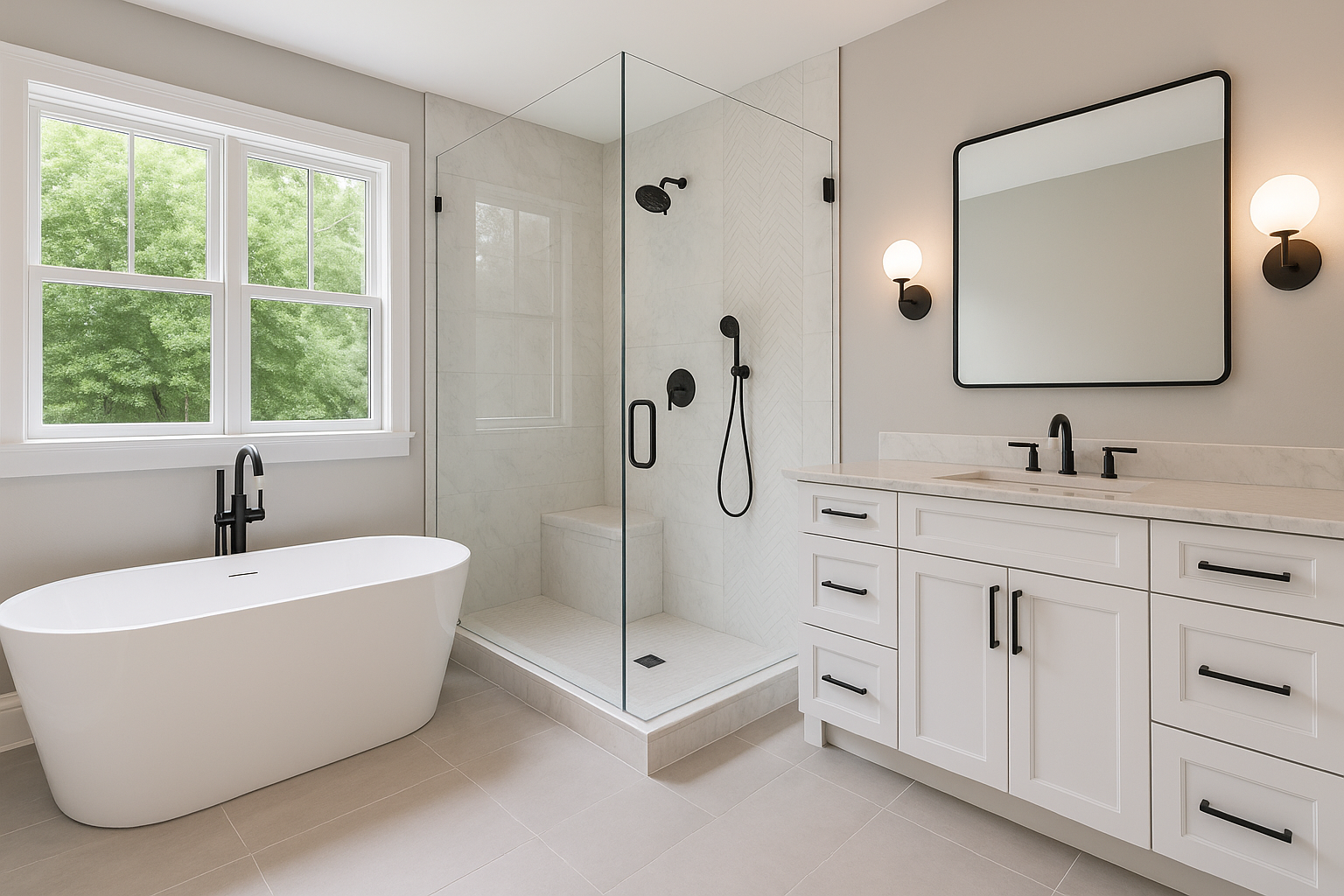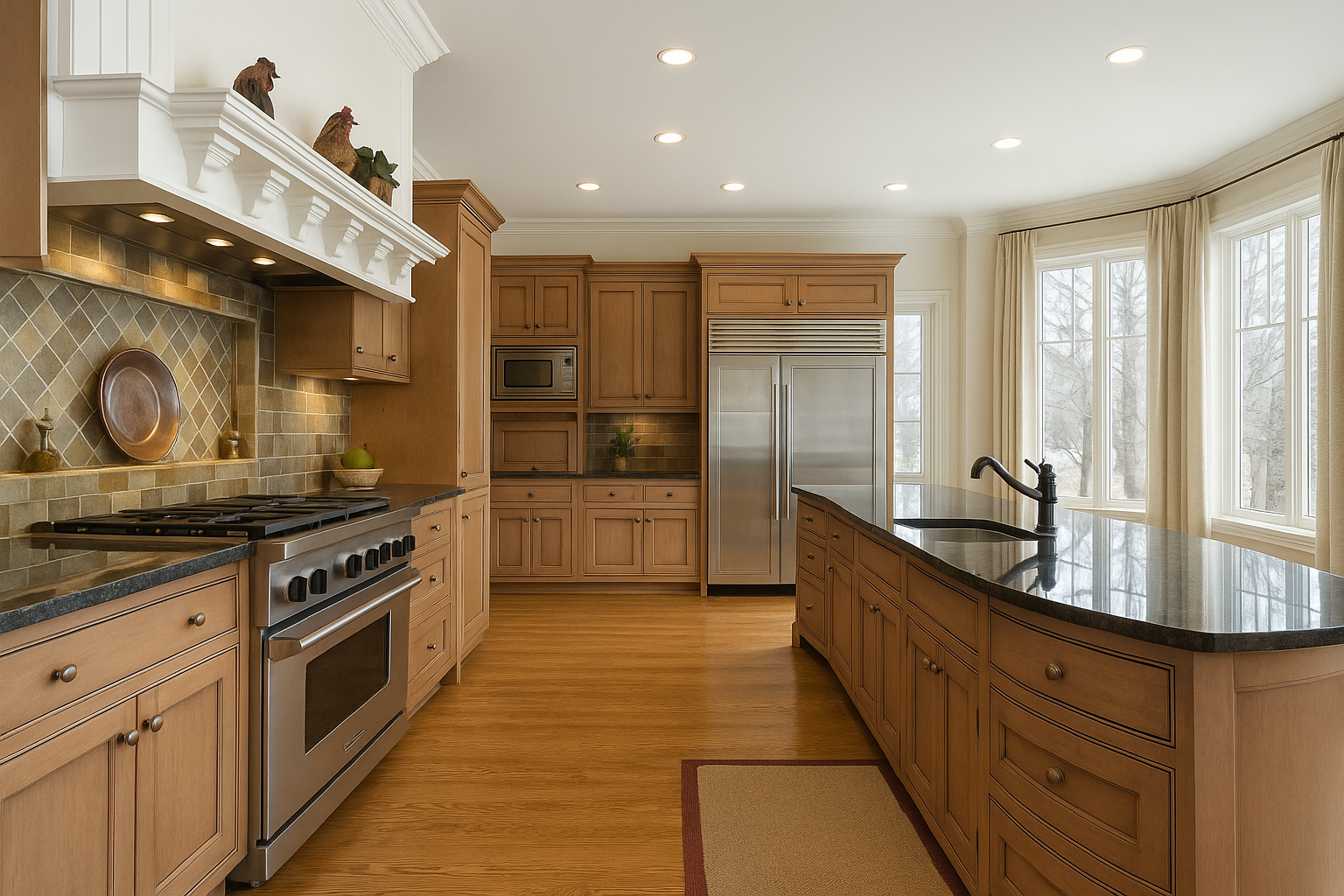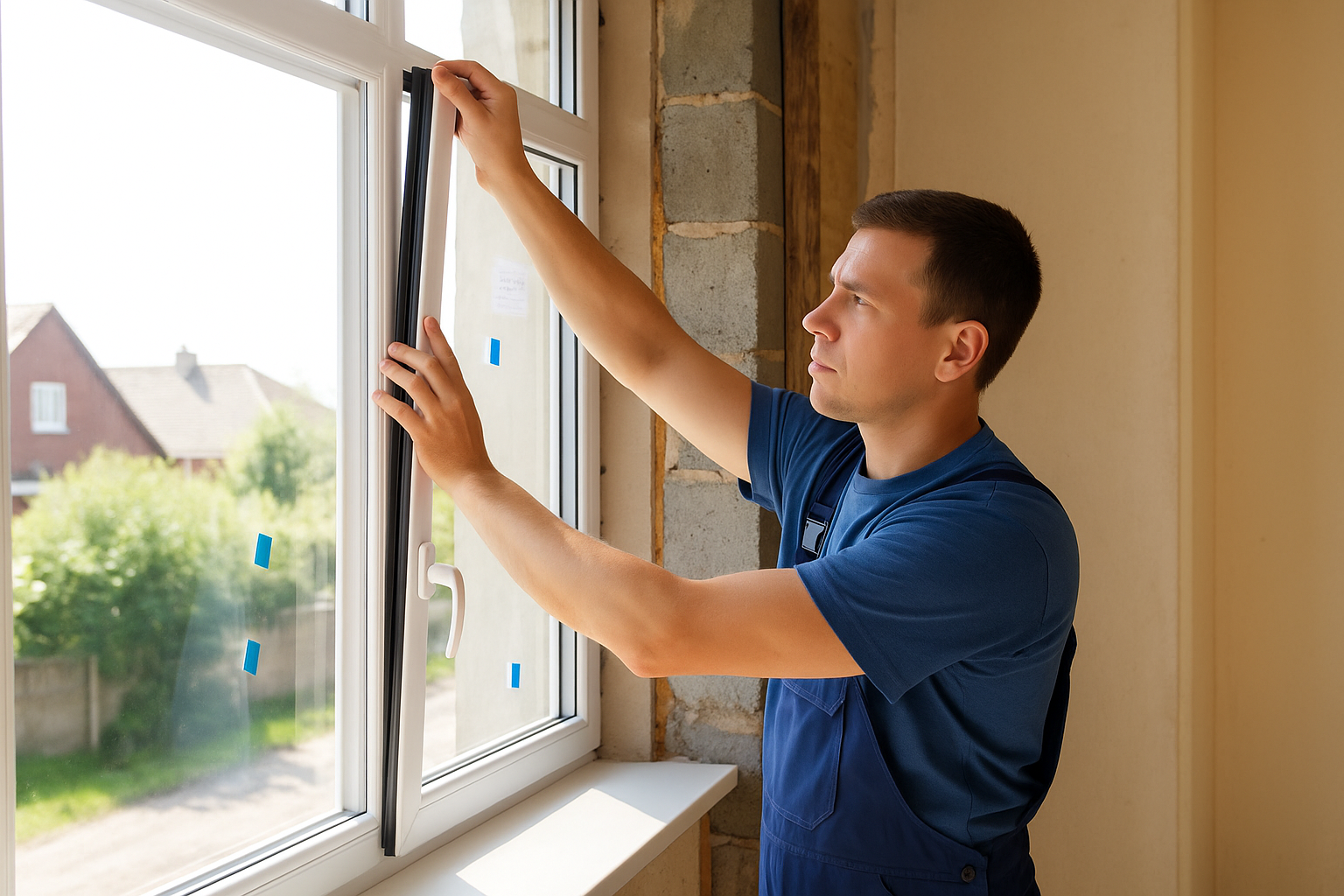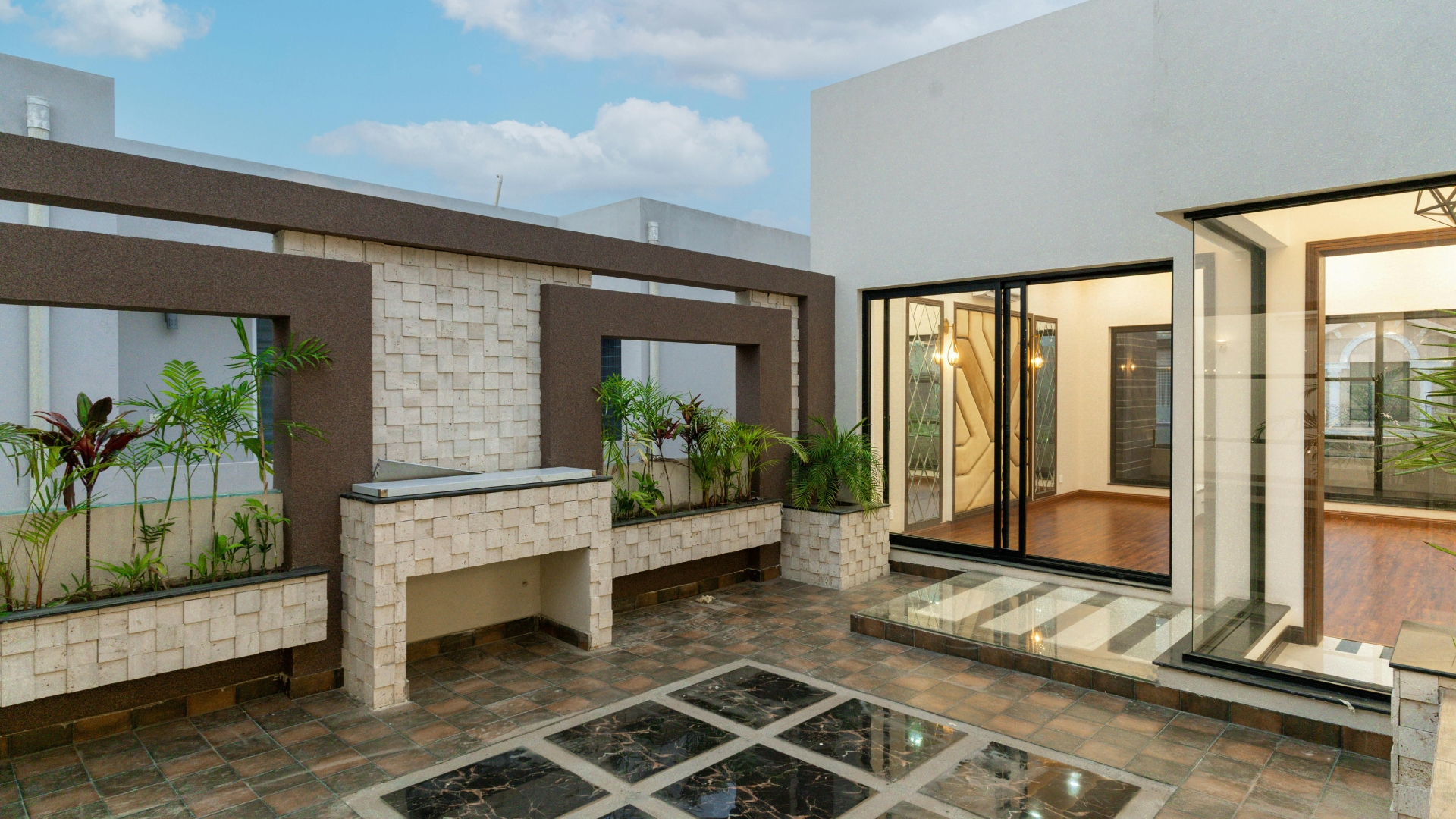Bathroom remodels can quickly go over budget when common mistakes are made. Learn how to avoid these pitfalls and save thousands on your next project.
Introduction: Why Bathroom Mistakes Are So Costly
Bathroom renovations consistently rank among the most expensive home improvement projects, with average costs ranging from $15,000 to $50,000 or more. Unlike other rooms in your home, bathrooms involve complex plumbing, electrical, and waterproofing systems that can be expensive to fix if mistakes are made during renovation.
The good news is that most costly mistakes are completely preventable with proper planning and awareness. By understanding these common pitfalls before you start your project, you can save thousands of dollars and avoid the frustration of major delays or do-overs. If you're also planning a kitchen renovation, many of these same principles apply to prevent costly errors.
Mistake #1: Inadequate Planning and Design
Rushing into a bathroom renovation without a comprehensive plan is the foundation for most other mistakes. Many homeowners start tearing out fixtures before considering how everything will work together or ensuring the new design will meet their needs.
Common Planning Oversights:
- Not measuring accurately: Fixtures that don't fit the space
- Ignoring storage needs: Insufficient cabinet and shelf space
- Poor traffic flow: Cramped layout that feels uncomfortable
- Inadequate lighting planning: Dark areas around mirrors and showers
- Not considering users' needs: Height, accessibility, and daily routines
How to Avoid It: Spend at least 2-3 weeks in the planning phase. Measure everything twice, consider your daily routine, and create detailed layouts before purchasing materials. Consider hiring a designer for complex layouts.
Mistake #2: Skipping Permits and Professional Inspections
Many homeowners try to save money by avoiding permits, especially for "simple" bathroom updates. However, most bathroom renovations require permits for plumbing, electrical, and structural changes. Skipping this step can result in costly fines, insurance issues, and problems when selling your home.
What Typically Requires Permits:
- Moving plumbing fixtures
- Electrical work (new circuits, outlets, lighting)
- Structural changes (removing walls, adding windows)
- Major ventilation modifications
How to Avoid It: Research local permit requirements early in the planning process. Factor permit costs and inspection schedules into your timeline and budget. Remember that permits protect you by ensuring work meets safety codes.
Mistake #3: Poor Waterproofing and Ventilation
Bathrooms are the most humid rooms in your home, making proper waterproofing and ventilation critical. Cutting corners on these "invisible" elements can lead to devastating mold, mildew, and structural damage that costs far more to fix than doing it right the first time.
Critical Waterproofing Areas:
- Shower and tub surrounds: Require proper membrane systems
- Floor transitions: Especially around toilets and showers
- Window areas: Often overlooked but prone to moisture problems
- Penetrations: Anywhere pipes or fixtures go through walls
How to Avoid It: Invest in quality waterproofing materials and professional installation. Install adequate ventilation fans (sized properly for your bathroom) and ensure they vent to the exterior, not just into an attic space. If you're also updating windows, consider energy-efficient bathroom windows that provide better moisture resistance.
Mistake #4: Choosing Style Over Function
While Instagram-worthy bathrooms are tempting, prioritizing looks over functionality leads to regret. Beautiful materials that are impractical for daily use, or trendy fixtures that don't meet your needs, can make your expensive renovation feel like a mistake.
Common Style-Over-Function Mistakes:
- Vessel sinks: Beautiful but often splash water and are hard to clean
- All-white everything: Shows every water spot and requires constant cleaning
- Tiny or decorative lighting: Insufficient for grooming tasks
- Open showers: Can create water damage and heating issues
- Trendy tile patterns: May look dated quickly
How to Avoid It: Test functionality before committing to design elements. Consider your daily routine and maintenance preferences. Choose timeless styles for major elements and add trendy touches through accessories that can be easily changed.
Mistake #5: Underestimating Costs and Timeline
Bathroom renovations consistently run over budget and schedule due to unrealistic initial estimates. Hidden problems, change orders, and material delays are common in bathroom projects, especially in older homes.
Budget Breakdown (Typical Mid-Range Renovation):
- Labor: 50-60% of total budget
- Fixtures and finishes: 25-30%
- Demolition and disposal: 5-10%
- Permits and fees: 2-5%
- Contingency: 15-20% (essential for unexpected issues)
How to Avoid It: Add 20% to your initial budget for unexpected costs. Plan for a timeline that's 50% longer than estimates. Get detailed written quotes from multiple contractors and understand what's included.
Mistake #6: DIY Plumbing and Electrical Work
While DIY can save money on some aspects of bathroom renovation, plumbing and electrical work should almost always be left to professionals. Mistakes in these areas can be dangerous and extremely expensive to fix.
Risks of DIY Plumbing/Electrical:
- Safety hazards: Electrical shock, gas leaks, flooding
- Code violations: Work that doesn't meet local building codes
- Insurance issues: Unpermitted work may void coverage
- Expensive repairs: Professional fixes often cost more than doing it right initially
How to Avoid It: Get quotes from licensed professionals for plumbing and electrical work. Factor these costs into your budget from the beginning. Focus DIY efforts on demolition, painting, and installing fixtures that don't require specialized connections.
Mistake #7: Ignoring Future Accessibility Needs
Many bathroom renovations fail to consider aging in place or changing mobility needs. Installing features now that accommodate various abilities can save expensive modifications later and increase your home's value and appeal to more buyers.
Universal Design Elements to Consider:
- Curbless or low-threshold showers: Easier entry for all ages
- Grab bar backing: Install blocking for future grab bar installation
- Wider doorways: Minimum 32 inches for wheelchair access
- Comfort height toilets: Easier to use for most people
- Adjustable shower heads: Accommodate users of different heights
How to Avoid It: Consider who might use the bathroom in the future, including elderly family members or guests with mobility challenges. Many universal design features are attractive and functional for everyone, not just those with specific needs.
Smart Strategies for a Successful Bathroom Renovation
To ensure your bathroom renovation is successful, focus on these key strategies:
- Plan thoroughly before starting any demolition
- Hire qualified professionals for plumbing, electrical, and complex installations
- Invest in quality materials for waterproofing and structural elements
- Get proper permits and schedule inspections
- Build contingency into your budget and timeline
- Consider long-term needs, not just current preferences
Conclusion: Your Dream Bathroom, Done Right
Avoiding these seven common mistakes can save you thousands of dollars and countless headaches during your bathroom renovation. While the upfront investment in proper planning, permits, and professional work may seem expensive, it's far less costly than fixing mistakes after the fact.
Ready to start your bathroom renovation the right way? Our professional bathroom remodeling services are designed to avoid these common pitfalls. Contact Shepherd Construction for a consultation. Our experienced team knows how to navigate the complexities of bathroom renovations while ensuring your project is completed on time, on budget, and to your complete satisfaction.




